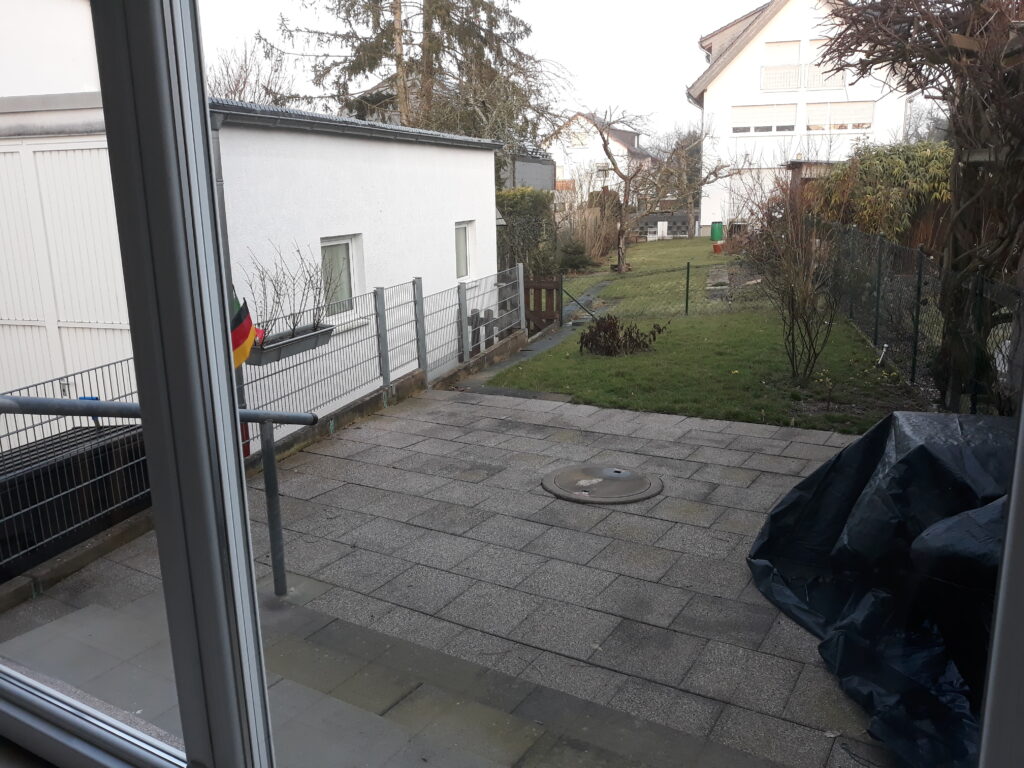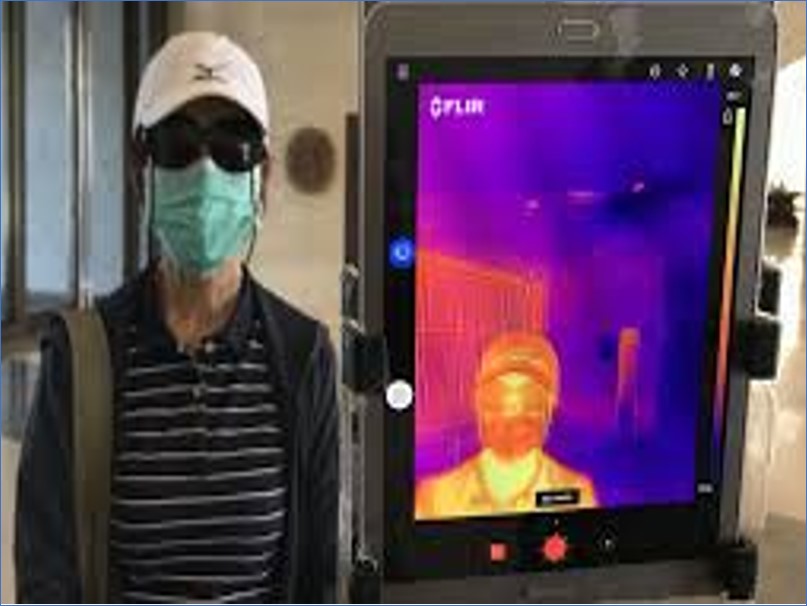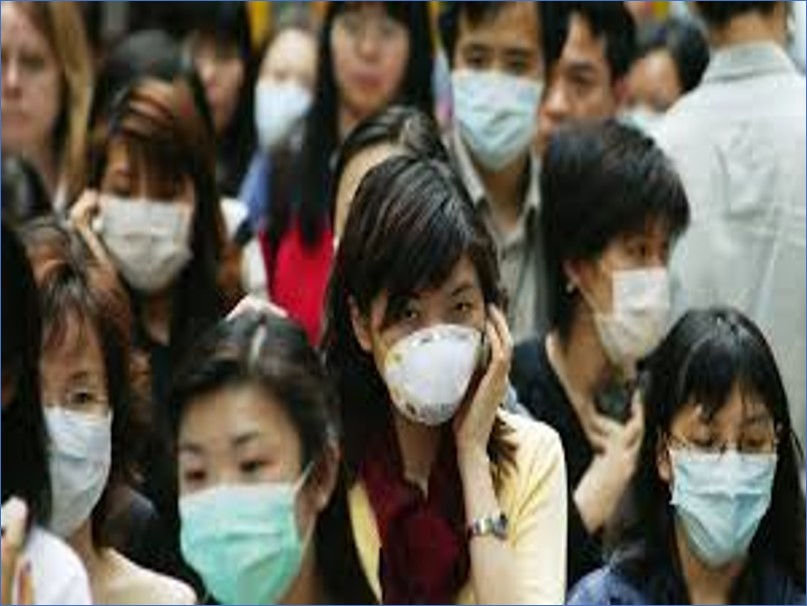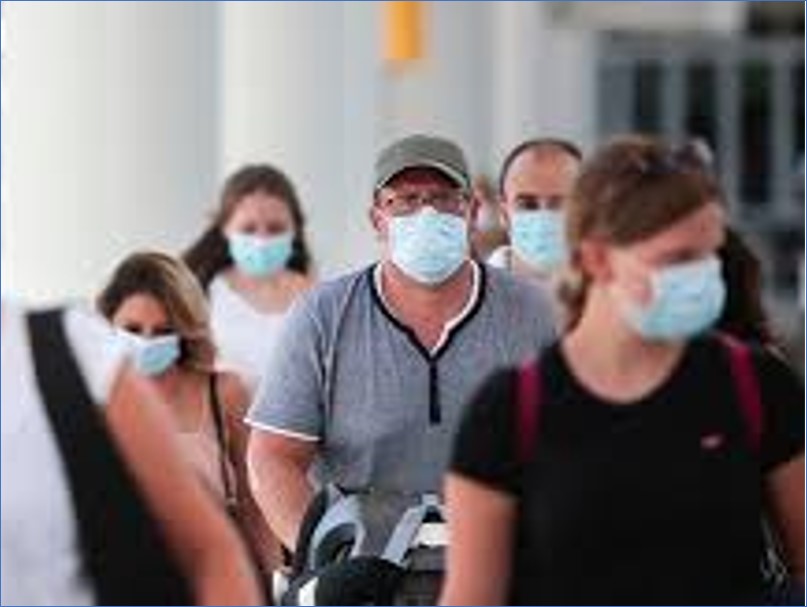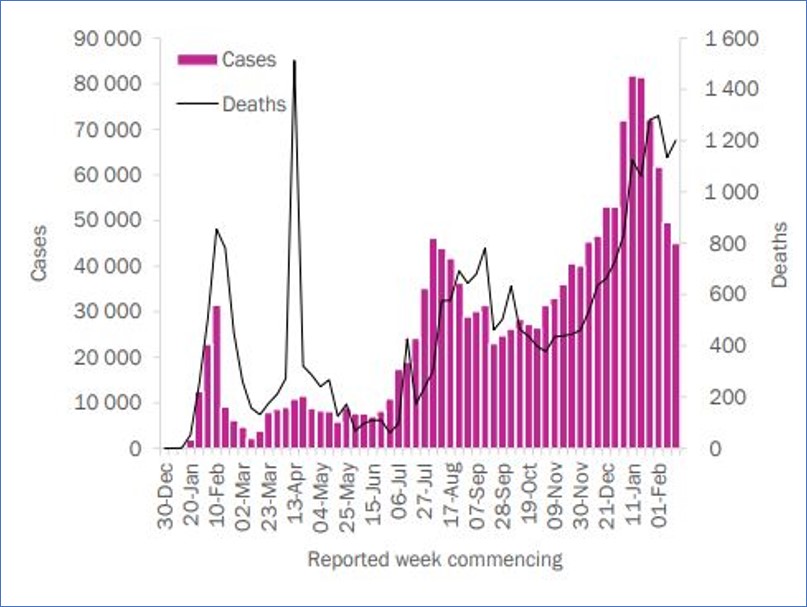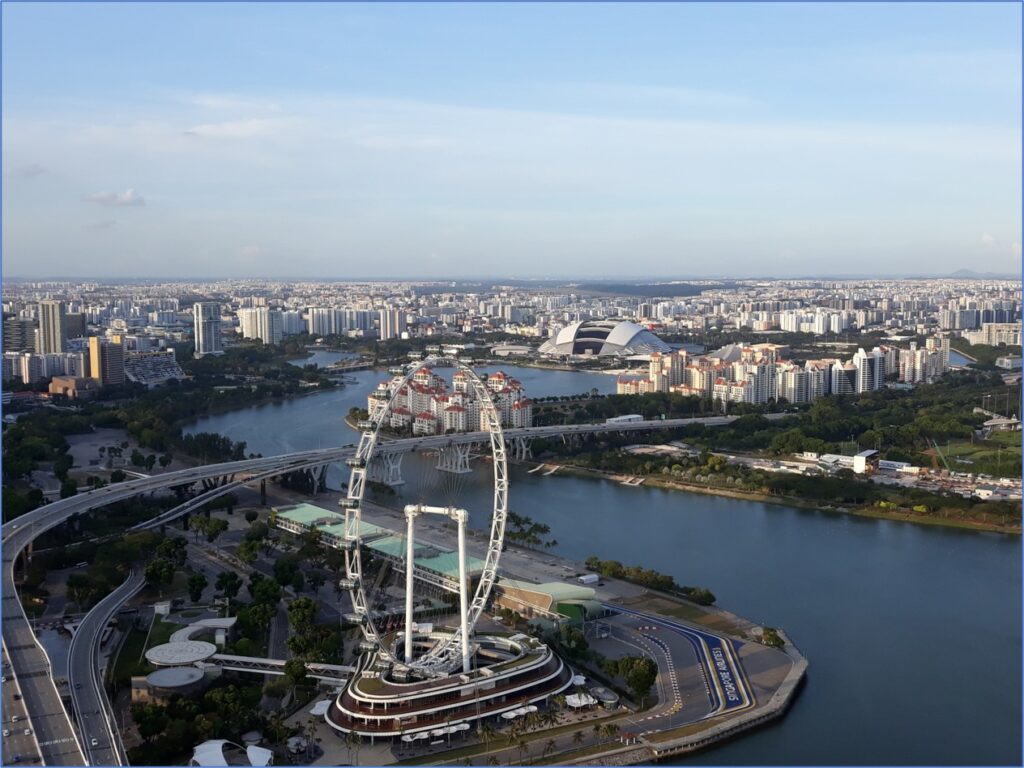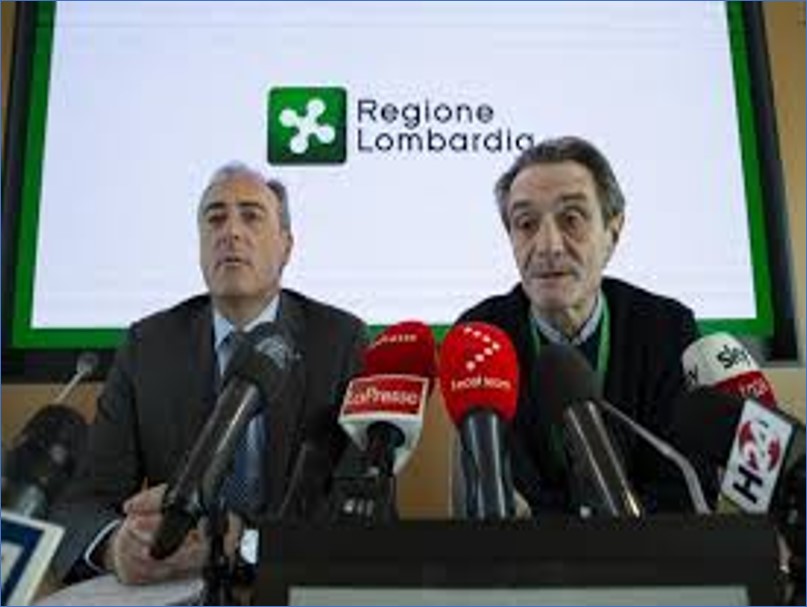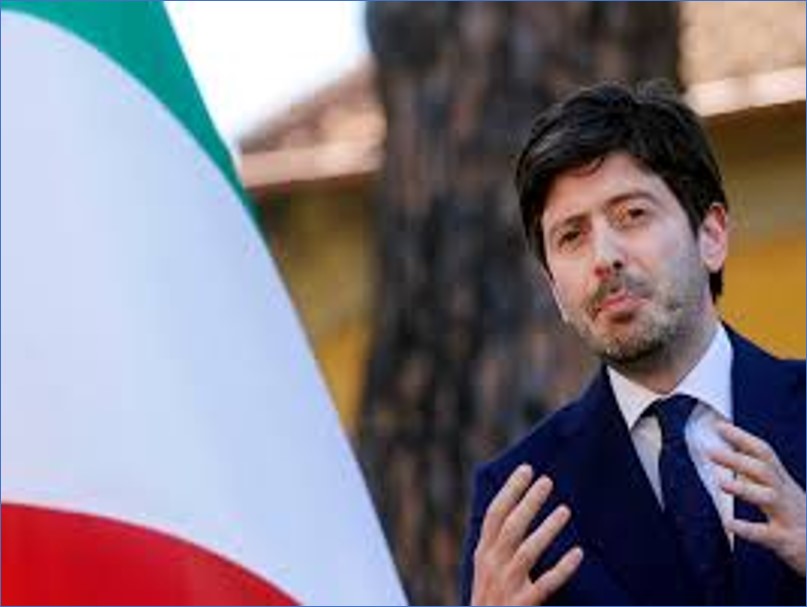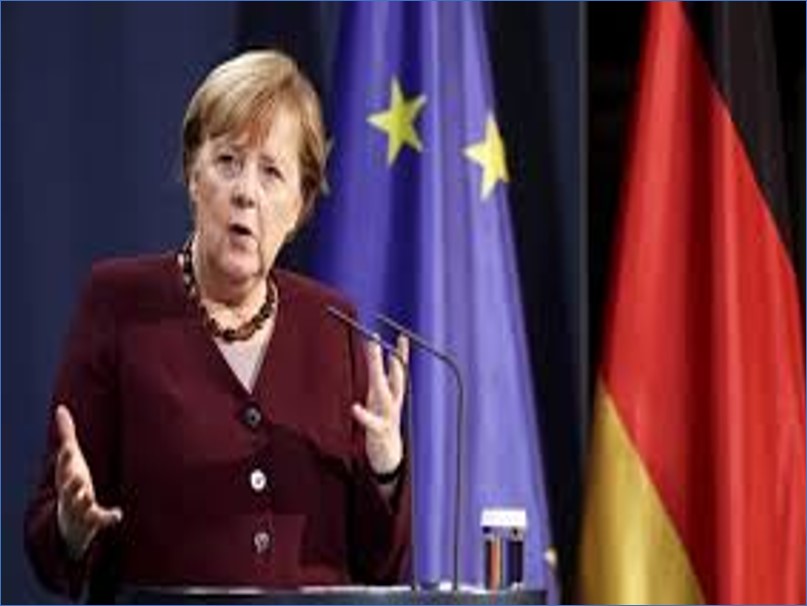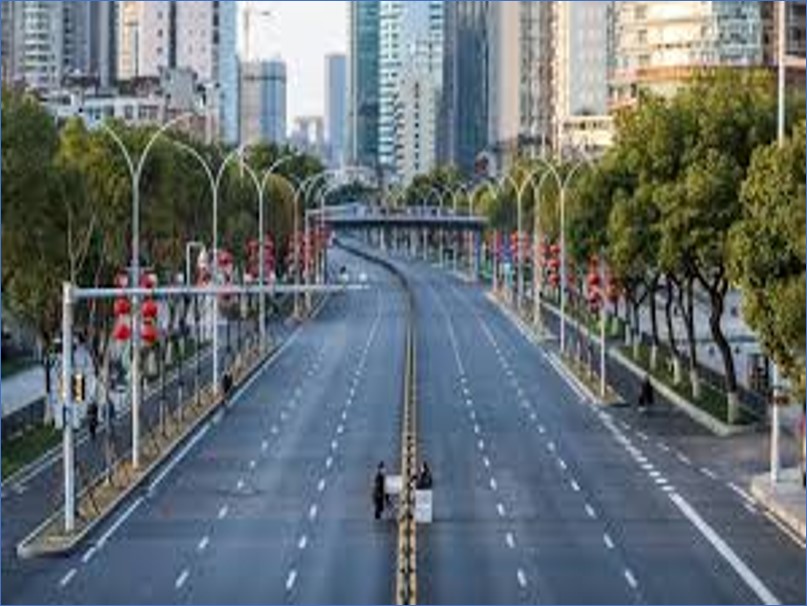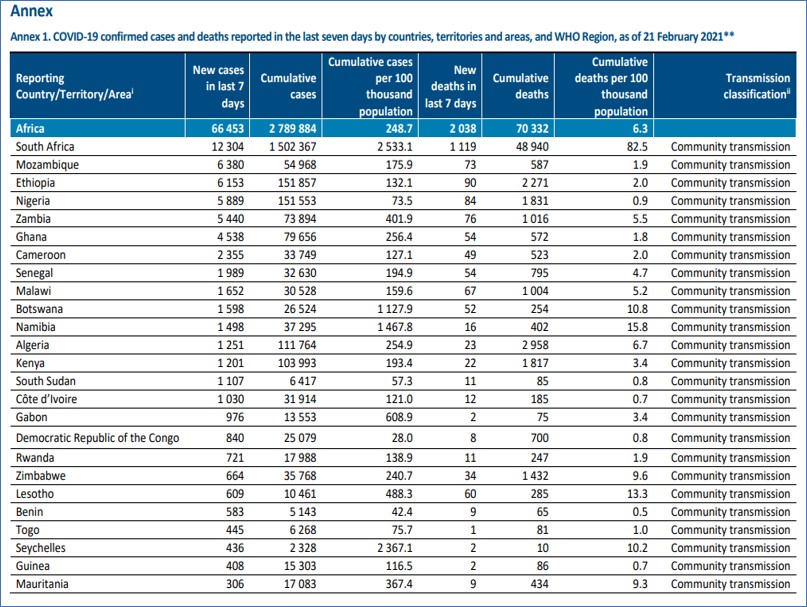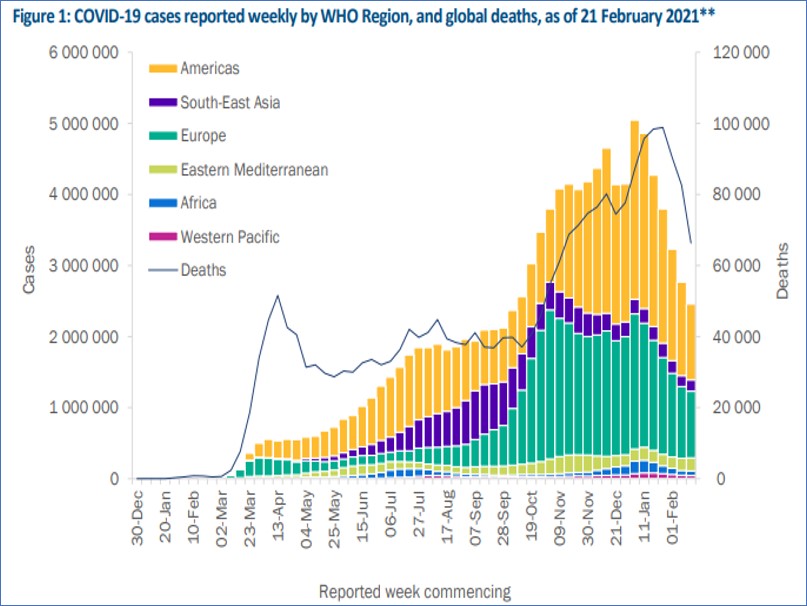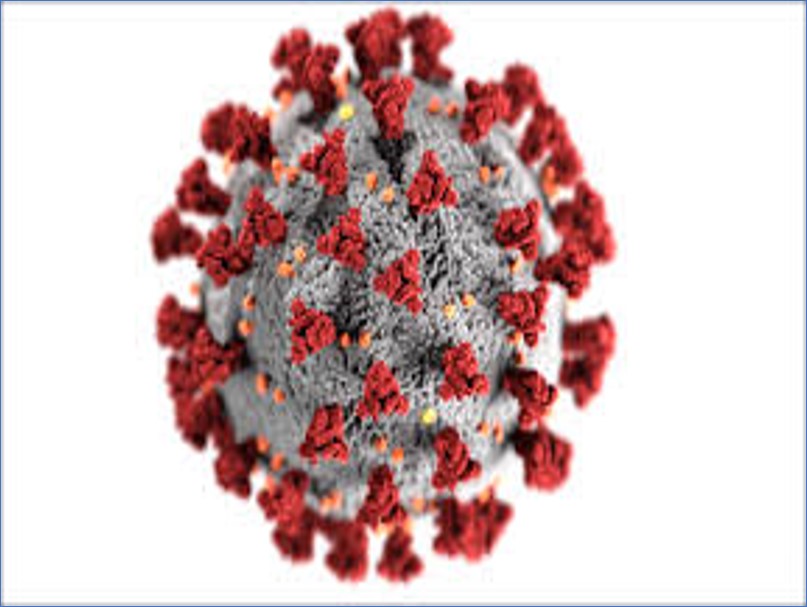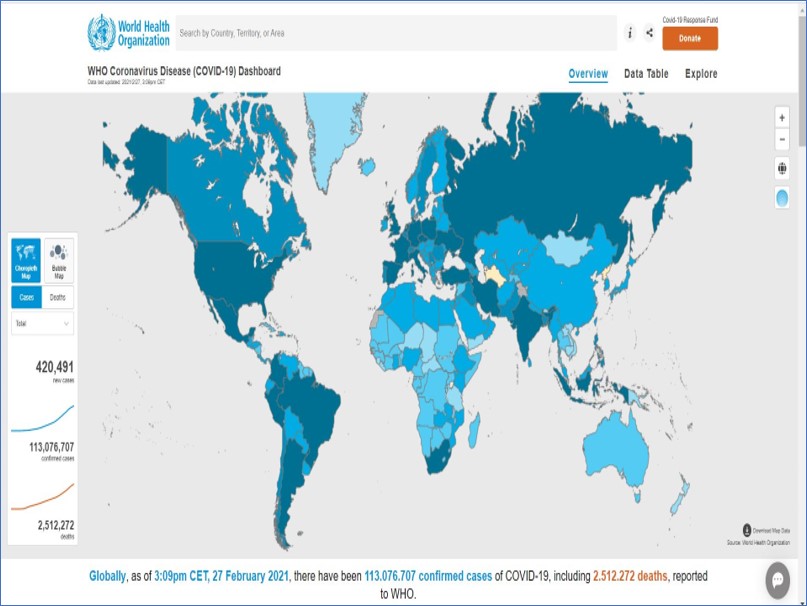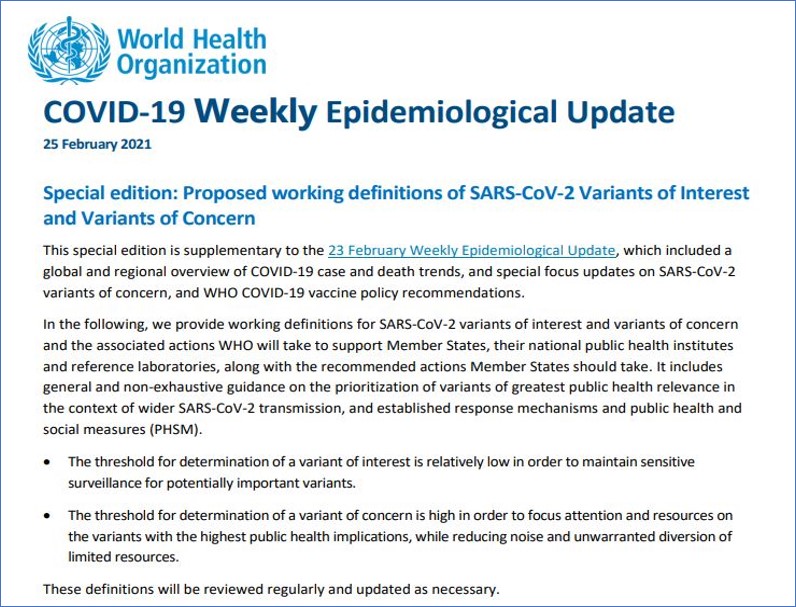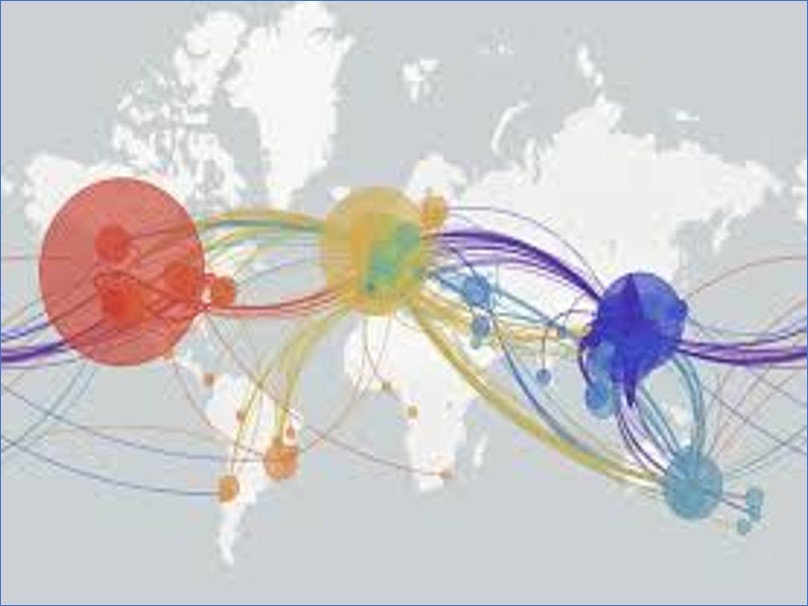This is not one of my classical post full of tables and statistics about Covid-19. It is just the result of fast moments and images that came to my mind thinking back exactly to a year ago.
And in doing this I could not miss to add some thoughts and questions.
The basics
A year ago, I was in Europe, in a small apartment, with a girlfriend, packing my luggage for 2 weeks of vacation in Southern-East Asia.
Today, after one year, I am still in Europe, in a larger apartment, single, standing in front of the window’s house and imaging when a travel can happen again and if I can, at least, cross the river Rhine at Geneva, at the border between Germany and Switzerland.
Change of perspective and prospective view.
Singapore and the first touch with Covid-19
A year ago, I flew to Singapore from Frankfurt am Main in Germany Emigrantrailer: ten things to do in Singapore | EmigranTrailer. There were no controls at the airport in Frankfurt while the body scan and temperature measurements were already implemented in Singapore and in Indonesia. Probably, the correct prevention to limit as much as possible the spread of the pandemic.
Today, after one year, I have no idea what happens at the Frankfurt airport: it is been a long time since last time. I only know that a negative Covid-19 tests is necessary to fly and standard protective measures are mandatory. Some airline companies and countries might also require to be vaccinated. I am not against it: it is more than welcome, because it is a good step to reduce the emergency.
However, what is the guarantee that these work for a long time? How is it going to protect against a new variant of the virus?
A year ago, I took the subway in Singapore and, beside the very organized way to enter and exit it, most people already used a protective mask (normal attitude in some asian countries) and disinfection soap was available every 50 meters at the waiting points. Probably, another good prevention measure to limit as much as possible the spread of the pandemic.
Today, after one year, most of the worldwide places (supermarkets, shops, pharmacies, etc.) are equipped with a set for disinfection to clean the hands and can be entered only wearing a protective mask. Moreover, many european and american people wear a mask as soon as they leave the house or even when they drive (alone) their cars.
How fast can the life changes?
A year ago, at the starting date, Singapore was rated high-risk because of the Covid-19 cases (98 @ 29.02.2020).
Today, after one year, Singapore has 60.000 cases and only 29 deaths (29 !!!) for Covid-19. Probably, one of the best examples about how to manage the pandemic. Today, thanks to the timely implementation of contact’s tracing and quarantines for individuals (p.s. a real quarantine, not a fake one), has no need to implement general lockdown, limiting the life of all its inhabitants and/or visitors. Same situation in other asian countries.
Is this so complicate to understand in Europe and other western countries? Would be not a proper approach to make all the tests free-of-charge so we have a large statistics about the real situation and we let continue a kind of normal life, if negative-tested?
The rest of the World
A year ago, Italy was the European country with the highest number of cases (888 @ 29.02.2020).
Today, after one year, Italy has about 2.800.000 cases and more than 95.000 deaths (95.000 !!!) for Covid-19. It is no longer the worst in Europe for number of cases (France, Russian, UK and Spain have worser figures) but, indeed, it has been not the most brilliant to manage the pandemic, especially in the first weeks and in the second part of the year. Contact’s tracing was completely missed and the main rules were “prohibitions” without a scientific basis.
So, my dear politicians, let’s continue to deny the responsibilities and follow in 2021 the same approach as for 2020…..yeah…
A year ago, the two most populated countries of EU, Germany and France, had the same number of cases (57 @ 29.02.2020) and were the first countries in Europe with official registered cases (1 in Germany and 3 in France @ 28.01.2020).
Today, after one year, Germany has about 2.400.000 cases and more than 68.000 deaths for Covid-19, while France has about 3.500.000 cases and more than 84.000 deaths for Covid-19.
Could these numbers have been better? Nobody has the answer, but very populated countries in Asia did so.
A year ago, USA and Brazil had respectively: 62 and 1 cases, and no deaths @ 29.02.2020.
Today, USA has a new president and about 28.000.000 cases and almost 500.000 deaths; Brazil has almost 11.000.000 cases and about 245.000 deaths.
How fast a virus can travel all over the world and how dangerous is to have arrogant and stupid populists (Trump & Bolsonaro) to rule countries.
A year ago, we all became familiar with the Hubei province in China and with the city of Wuhan. In fact, they represented the 83% of the cases (66.337) and the 96% of the deaths (2.727) of the entire China. For the first time we heard about the word “Lockdown” and we were surprised to see imagine of “ghost” cities with nobody around.
Today, in Europe, the word “Lockdown” is part of our daily talks, we lived as unwanted protagonists’ similar situation in Spring 2020, and we still live as unwanted protagonists the “mild lockdowns” implemented from Autumn 2021.
Is it a permanent or long-term lockdown the solution? No, sorry, I cannot accept this approach: too easy to implement, too easy as an excuse to find alternative life-models.
The information channels
A year ago, we started to become familiar with terms like Covid-19 and coronavirus, being these terms present in all the daily news, most of the cases with headlines on the front page about how the number of positive cases were raising. This created fear, panic and concern for many.
Today, after one year, many still continue to look only and exclusively this number and continue to have (and generate) fear, panic and concern.
As said and written for months (see for example Covid-19: differenze tra Marzo e Ottobre | EmigranTrailer), what about a complete overview, considering all the other parameters (deaths, hospitalized, admitted to intensive care, double-counted positive cases, number of tests, number of cases per population, number of deaths per population, number of tests per population)?
A year ago, each media source started to populate every minute, every hour, every day with news about Covid-19.
Today, after one year, the situation is similar but the main focus is to the vaccination. So, it is a step forward but still many media utilize exaggerated words around “Covid-19” to generate strong reactions into the readers or viewers.
How crucial is the meaning of adjectives and words? How bad can the impact be on weak person?
A year ago, the World Health Organization (WHO) posted the 40th report about Covid-19 from the beginning of the year. A daily update which continued for months, until they (finally) understood that the daily reports were subjects to errors.
Today, after one year, they post weekly epidemiological and operational updates, after double-checking the quality and correctness of all the data Coronavirus Disease (COVID-19) Situation Reports (who.int).
What if we all (citiziens) stop to look at daily data and evaluate at least week by week, if it is really necessary?
A year ago, there were already a lot of discussions about the origin of this virus Sars-Cov-2: bat, pangolin, snakes or even created in the laboratory as the conspiracy theorists claim.
Today, the debate is still open, its origin is still unclear, even if the animal origin now seems to be a fact WHO-convened Global Study of the Origins of SARS-CoV-2.
Scientific results are not a matter of days, weeks or months. Most of the times is years.
A year ago, it was known the Chinese origin, spread afterwards in Europe by travelers to Germany and Italy.
Today, we have already read and learned about other variants: the one from UK, the one from South Africa, the one from Brazil, and so on. Many seem surprised.
Hey guys (including politicians), wake up and please open a book of medicine (a basic one) and read the definition of “virus”. When do we start to really change mindset and try to live with the “virus” and not against it? The number 0 of cases is pure utopia and false hope (at least for the moment).
The flexibility and (self) motivation
A year ago, I had been planning to run few ultra-trail in Italy (among them the Lavaredo Ultra Trail and some road marathons (among them the Frankfurt Marathon Mainova Frankfurt Marathon (frankfurt-marathon.com)).
Today, looking back, none of them were ran due to Covid-19 pandemic. However, I found energies and motivation for new ideas and projects, like Rheinsteig with Peppa Pig in five stages | EmigranTrailer and Town twinning Caiazzo-Ochtendung | EmigranTrailer and others (Running Projects | EmigranTrailer). And today, I still want to run those missed races in 2020 and I motivate myself in this direction, looking forward the upcoming weeks and months (Sport 2021-part I: obiettivo ITALIA | EmigranTrailer).
Will they finally take place? Will I travel to run them? I have no clue. But, if not, I will do something else: flexibility is the key.
A year ago, job-wise, I had just completed two technical task forces, went through a long process of re-organization, set up a new team, worked daily in the office for many hours and barely used Skype (only for quick phone-call but no video-call at all for specific company rules).
Today, there are no more urgent technical task forces (good!), there is a newly born group, there is still the need to review the mission for each of my employees, I mainly work from home, and I constantly use tools like Skype and Microsoft Teams for phone-call and video-call. A lot changed. With this home-office concept, in my sector, the work is still executed efficiently. And, daily, I try to the best balance between private life and job.
But, is this possible for all sectors? Is this possible for everybody? … I do not think so and I fear that we will see the consequences in 2022.
A year ago, two weeks had passed since the last hug with my mother and my siblings, and about six months since the last hug with my father.
Today, after one year, the last hug with mother goes back to six months, with my siblings to one year ago and with my father to eighteen (18 !!!) months. I have been never used to visit my family frequently (I have been always an emigrant). However, it was always my decision, not imposed by others.
How important is a hug with a distant family member or a friend? (my emigrant friends will understand immediately this question) How long can this situation last? Can I really accept to be “prisoner” in a context of barriers, walls, separations which is the opposite of my mentality?
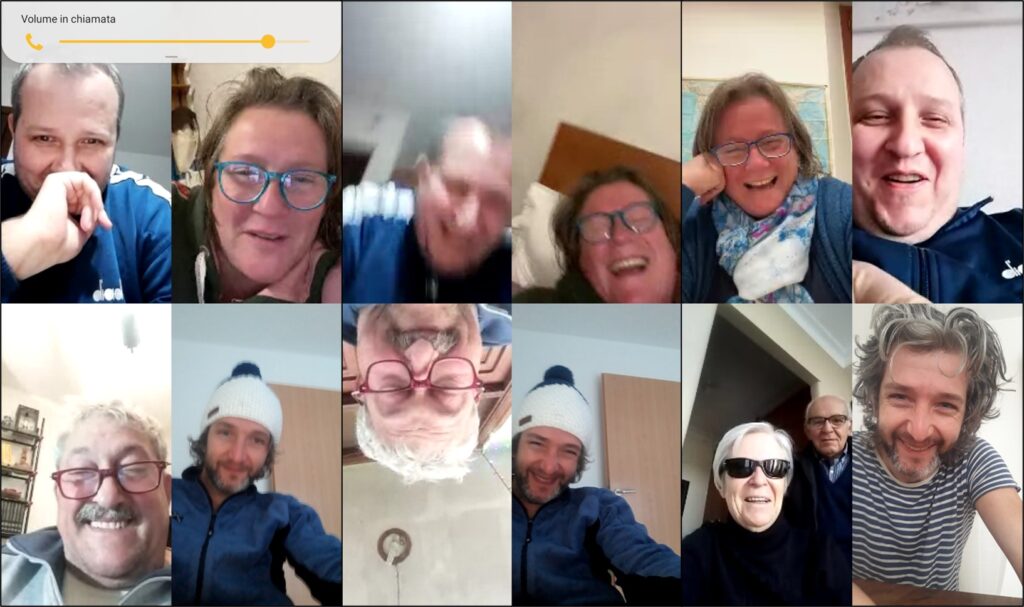
Of course I do not have the answers to all my questions. But, for sure, I know one of the good thing of all this situation: family video chats have always given me a smile! 🙂
Which is not a little thing at the moment.
So, in the end, take care of yourself and enjoy every moment of the life: it is just one.
Andrea De Filippo
_________________
Other post on the topic at the following link:
_________________
Original post in english language. For other languages, please open with a web browser (i.e. Chrome) and apply the automatic translation.


